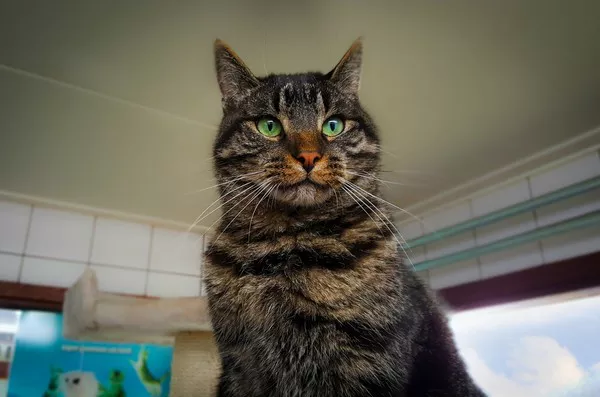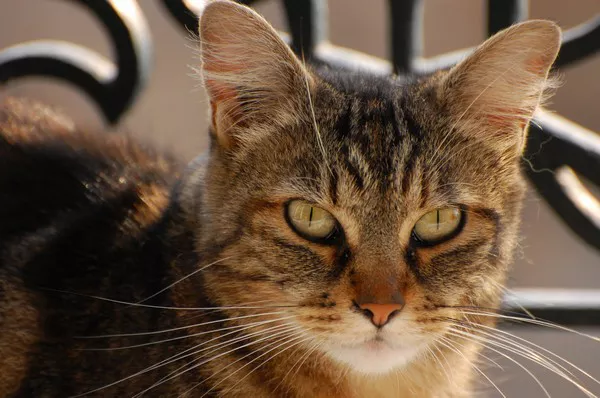Cats are beloved companions for millions of people around the world, and as responsible pet owners, we strive to provide them with the best care possible. One important aspect of this care involves understanding what foods are safe and healthy for our feline friends. While we often think of common household foods as harmless, certain items can pose serious health risks to cats. One such food is onions. This essay will explore the dangers of onions for cats, the mechanisms behind their toxicity, symptoms of onion poisoning, treatment options, and preventive measures to ensure the safety of our pets.
Understanding Onion Toxicity
The Allium Family
Onions belong to the Allium family, which also includes garlic, leeks, chives, and shallots. These vegetables are known for their distinctive flavors and are widely used in cooking. However, they contain compounds that can be harmful to cats and other pets. The primary toxic compounds in onions are thiosulfates, which can lead to oxidative damage in red blood cells.
How Onions Affect Cats
When cats consume onions, the thiosulfates are metabolized in their bodies, leading to oxidative stress. This stress damages red blood cells, causing them to break down prematurely in a condition known as hemolytic anemia. Unlike dogs, cats are particularly sensitive to these compounds due to their unique metabolic processes.
Sensitivity to Onions
Cats are more susceptible to onion toxicity than many other animals. Their bodies lack certain enzymes that help detoxify thiosulfates, making them more vulnerable to the harmful effects of these compounds. Even small amounts of onion can be dangerous, and repeated exposure can lead to cumulative toxicity.
Symptoms of Onion Poisoning
Recognizing the symptoms of onion poisoning in cats is crucial for prompt treatment. The signs may not appear immediately and can take several days to develop, depending on the amount of onion consumed. Common symptoms include:
Gastrointestinal Distress
Vomiting: One of the first signs of onion toxicity may be vomiting, which can occur shortly after ingestion.
Diarrhea: Cats may also experience diarrhea, which can lead to dehydration.
Abdominal Pain: Cats may show signs of discomfort, such as hiding or being less active.
Hemolytic Anemia Symptoms
As the condition progresses, cats may exhibit symptoms related to hemolytic anemia, including:
Lethargy: Affected cats may become unusually tired or weak, showing a lack of interest in play or normal activities.
Pale Gums: The gums of cats suffering from anemia may appear pale or yellowish due to a decrease in red blood cells.
Rapid Breathing: Increased respiratory rate can occur as the body struggles to deliver oxygen to tissues.
Increased Heart Rate: A faster heart rate may be observed as the body attempts to compensate for low oxygen levels.
Severe Cases
In severe cases, onion poisoning can lead to more serious complications, including:
Shock: Cats may go into shock due to the severity of anemia, which can be life-threatening.
Organ Failure: Prolonged anemia can lead to organ damage or failure, particularly affecting the liver and kidneys.
Diagnosis of Onion Poisoning
If a cat is suspected of having ingested onions, a veterinary visit is essential for diagnosis and treatment. The veterinarian will typically perform the following:
Medical History
The veterinarian will ask about the cat’s diet, any known exposure to onions or other allium vegetables, and the onset of symptoms. Providing accurate information can help in diagnosing the issue.
Physical Examination
A thorough physical examination will be conducted to assess the cat’s overall health and identify any visible signs of anemia or distress.
Blood Tests
Blood tests are crucial for diagnosing onion poisoning. The veterinarian may perform:
Complete Blood Count (CBC): This test can reveal low red blood cell counts and signs of hemolysis.
Biochemical Profile: Assessing liver and kidney function can help determine the extent of any damage caused by the toxin.
Urinalysis
A urinalysis may also be performed to check for signs of hemolysis and assess kidney function.
Treatment for Onion Poisoning
If a cat is diagnosed with onion poisoning, immediate treatment is necessary to prevent severe complications. The treatment plan may include:
Inducing Vomiting
If the ingestion of onions occurred recently, the veterinarian may induce vomiting to remove the toxin from the cat’s system. This is most effective if done within a few hours of ingestion.
Activated Charcoal
Administering activated charcoal can help absorb any remaining toxins in the gastrointestinal tract, preventing further absorption into the bloodstream.
Supportive Care
Supportive care is essential for cats with onion poisoning. This may include:
Intravenous Fluids: Providing fluids can help prevent dehydration and support kidney function.
Blood Transfusions: In severe cases of anemia, a blood transfusion may be necessary to restore red blood cell levels.
Monitoring
Cats recovering from onion poisoning will need to be closely monitored for any signs of complications or worsening symptoms. Follow-up veterinary visits may be required to assess recovery.
Preventing Onion Poisoning in Cats
Prevention is key to ensuring the safety of our feline friends. Here are several strategies to help prevent onion poisoning:
Educate Yourself and Others
Understanding the dangers of onions and other allium vegetables is crucial. Educate family members, friends, and caregivers about the risks associated with feeding these foods to cats.
Safe Food Practices
Avoid Feeding Onions: Never intentionally feed onions or foods containing onions to your cat. This includes common dishes that may contain onion powder or other allium derivatives.
Check Ingredients: Always check the ingredient labels of commercial cat foods and treats to ensure they do not contain onions or related ingredients.
Secure Food Storage
Keep Onions Out of Reach: Store onions and other allium vegetables in secure containers or areas that are inaccessible to cats to prevent accidental ingestion.
Be Cautious with Scraps: Be mindful of food scraps when cooking, as cats may be tempted to eat leftovers that contain onions.
Monitor Outdoor Access
If your cat has outdoor access, monitor their behavior to prevent them from scavenging for food that may contain onions or other harmful substances.
Veterinary Awareness
Regular veterinary check-ups can help ensure your cat’s overall health and provide an opportunity to discuss any dietary concerns or questions.
Conclusion
Onions pose a significant health risk to cats, primarily due to their toxic compounds that can lead to hemolytic anemia and other serious health issues. Understanding the dangers of onions and taking preventive measures is essential for responsible cat ownership. By educating ourselves and others about the risks associated with feeding onions to cats, we can protect our feline friends from harm.
If a cat is suspected of having ingested onions, prompt veterinary attention is crucial for diagnosis and treatment. With the right care and preventive strategies, we can help ensure that our beloved pets lead healthy, happy lives free from the dangers of harmful foods like onions. As cat owners, it is our responsibility to be vigilant about what we feed our pets and to create a safe environment that promotes their well-being.
Related topic:

























